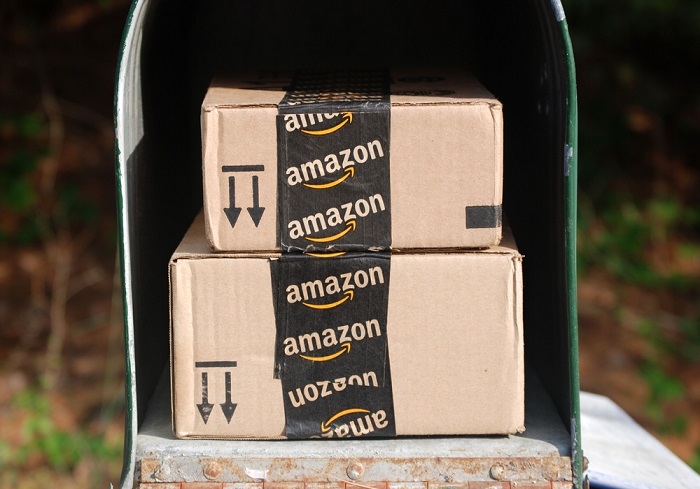
There’s nothing to get customers thinking that the sky is falling quicker than by raising the minimum price for services that they’ve come to think of as fundamental to the average shopping experience. Thanks to Amazon, fast and accurate two- and one-day shipping has always been available to those willing to pay a little extra, but is Amazon’s new definition of “a little extra” a buck too far?
For Amazon in particular, any damage to profits or reputation should be slight. Engagdget reported that this is far from the first time Amazon has adjusted the floor for its free shipping service. The last increase occurred in 2013 — well outside the average consumer’s working memory — when the retailer bumped the qualifying amount up to $35 from $25.
Regardless, any talk of damage to Amazon’s bottom line has to take into account the fact that the new $49 fee (as well as the old $35 and $25 ones) are waived for Prime members. While the new minimum will turn off a handful of customers, it might spur as many, if not more, to pull the trigger and join the Prime bandwagon; whereas three or four purchases per year were needed to recoup the cost of a Prime membership in shipping alone, the new $49 minimum means customers make their money back in two clicks.
But is pushing people toward Prime the only motive Amazon had in raising the minimum qualifying price for free shipping? It seems narrow-minded for a retailer with Amazon’s reputation to put its customers through the wringer like that. In fact, for a company that prizes itself on removing any obstacle it can from keeping a customer from buying, would it not follow that Amazon would only raise the shipping minimum again if it really needed to?
Answering in the affirmative to that question isn’t as farfetched of a response as it used to be. In Amazon’s most recent earnings call at the end of January, via MarketWatch, the retailer said that the cost to run its fulfillment services had risen 32.8 percent in year-over-year figures. In the fourth quarter alone, Amazon shelled out $4.55 billion to get its customers orders there on time, including all those non-Prime members who leeched off the generous $35 minimum.
“Delivering for free in two hours is hard and expensive, but customers love it,” Brian Olsavsky, Amazon’s CFO, said during the earnings call.
If, after all this time and experience with eCommerce, one of the largest and most experienced eCommerce companies is still struggling to find a way to make its revenue demands meet with its consumers’ expectations, what chance do smaller, less flexible companies have? Indeed, a new study conducted by researchers at JDA Software and PricewaterhouseCoopers found that 33 percent of retailers know they will soon have to increase the cost customers pay for delivery if they have any hope of defraying the rising costs of omnichannel fulfillment. Lee Gill, group vice president of global retail strategy at JDA, explained that more retailers are finding themselves stuck between progressively bigger rocks and increasingly harder places.
“As retailers have embraced offering consumers less costly alternatives to home deliveries, free click and collect has grown in popularity,” Gill said in a statement. “To now ask consumers to pay for click and collect certainly has its risks. What is clear is that profitability has to be addressed as a matter of priority. This will require both an investment in the supply chain and technology, as retailers seek a low-cost fulfillment model that also delivers exemplary customer service. Amazon has led the way, and this is set to be the key battleground for retailers in the next five years.”